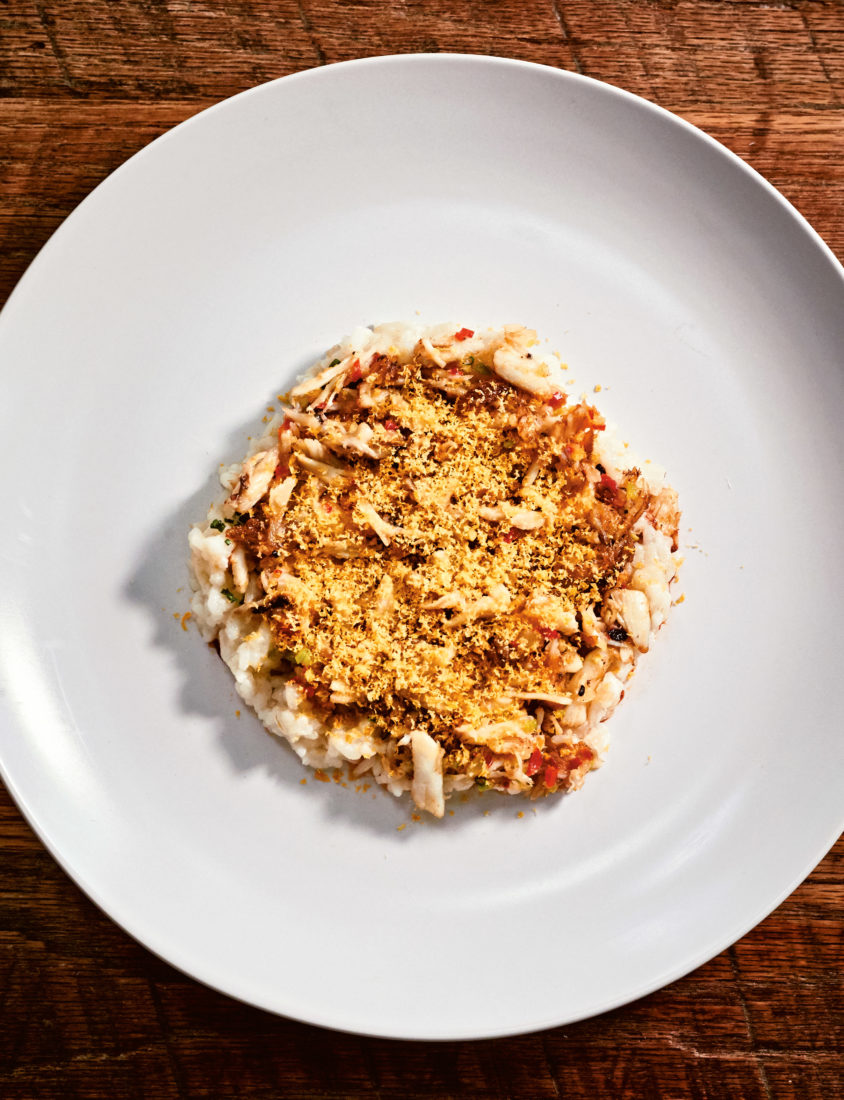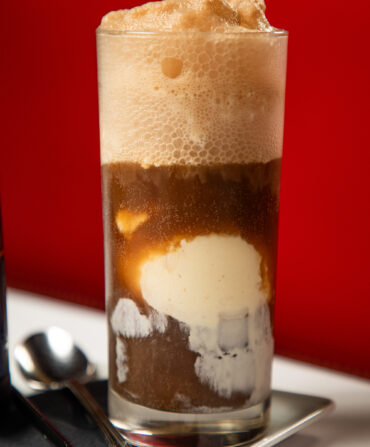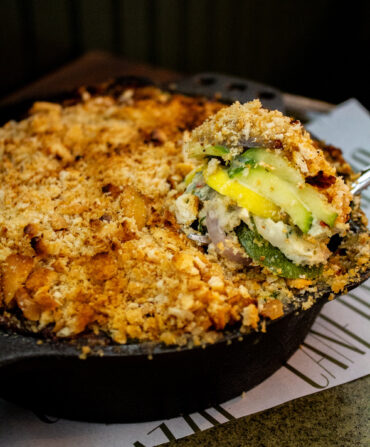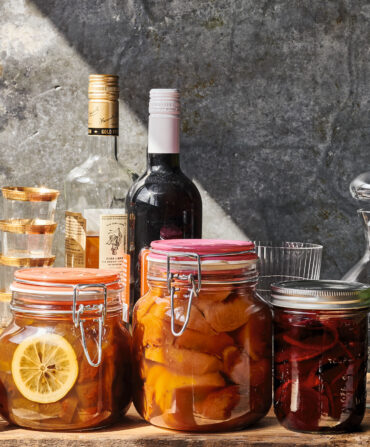There are two key things to know when cooking a good plate of crab rice: The first is to cook the rice separately, really focusing on it so it keeps its unique flavor and character. The second is to cook the crab with the attention it requires. The trick is to spread the crabmeat mixture in a thin, even layer in the skillet and then not disturb it until it’s browned on the bottom. It takes a lot of patience, courage, trust, and confidence in yourself, but once you make crab rice a couple of times, it will all seem natural.
Use all your senses when cooking this dish. Smell the crab as it starts to brown; it has a very distinct, delicious aroma. Listen for the popping and crackling that will start when the pan is almost dry. Once you hear that, take a little peek underneath to see if the crab is getting some light brown color. When you smell that aroma, hear that sizzle, and see that color, take the pan off the stove and gently fold in the lemon juice. There are few things better than crab cooked just right. —Sean Brock
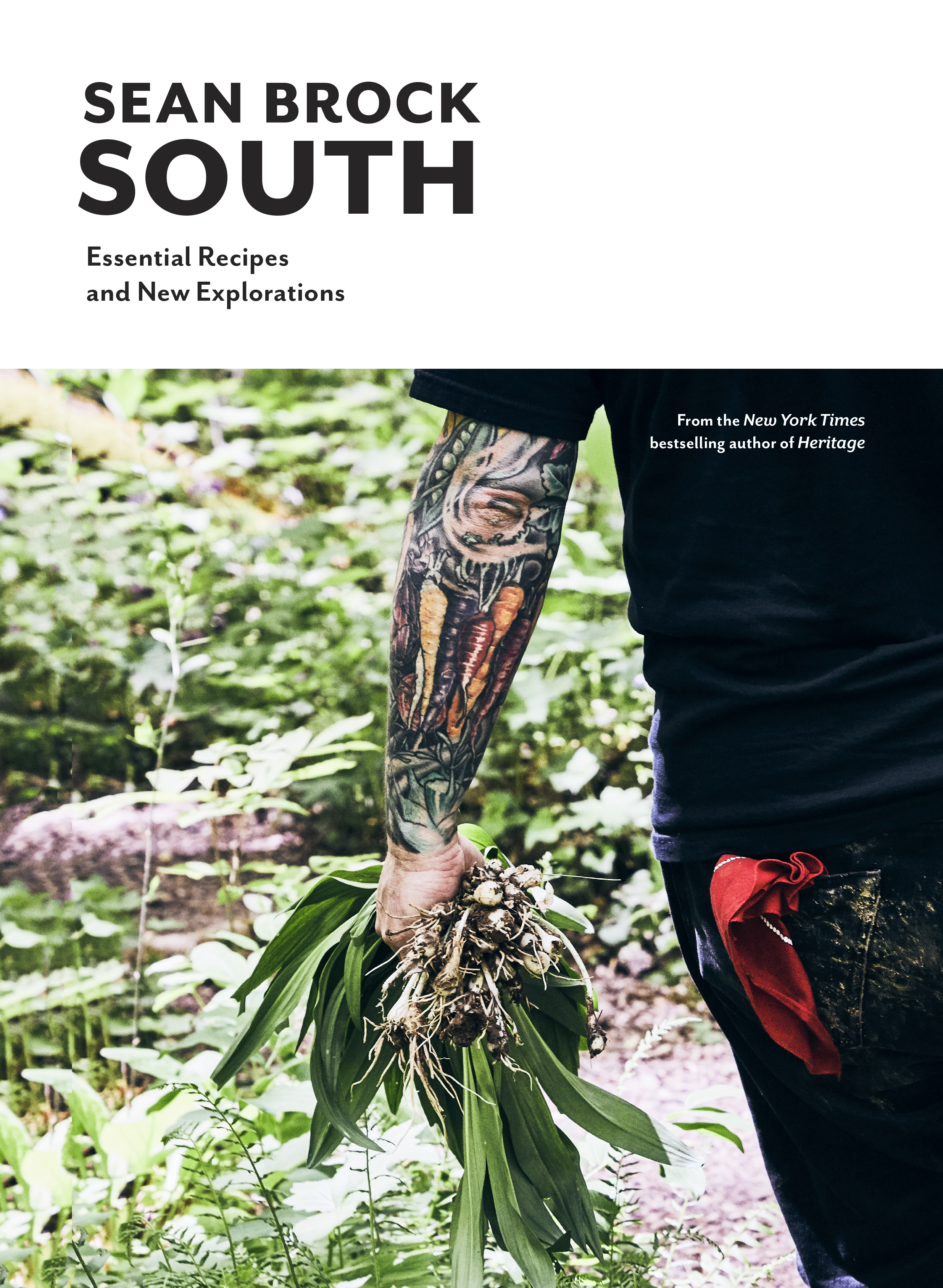
Excerpted from South: Essential Recipes and New Explorations by Sean Brock (Artisan Books). Copyright © 2019. Photographs by Peter Frank Edwards.


